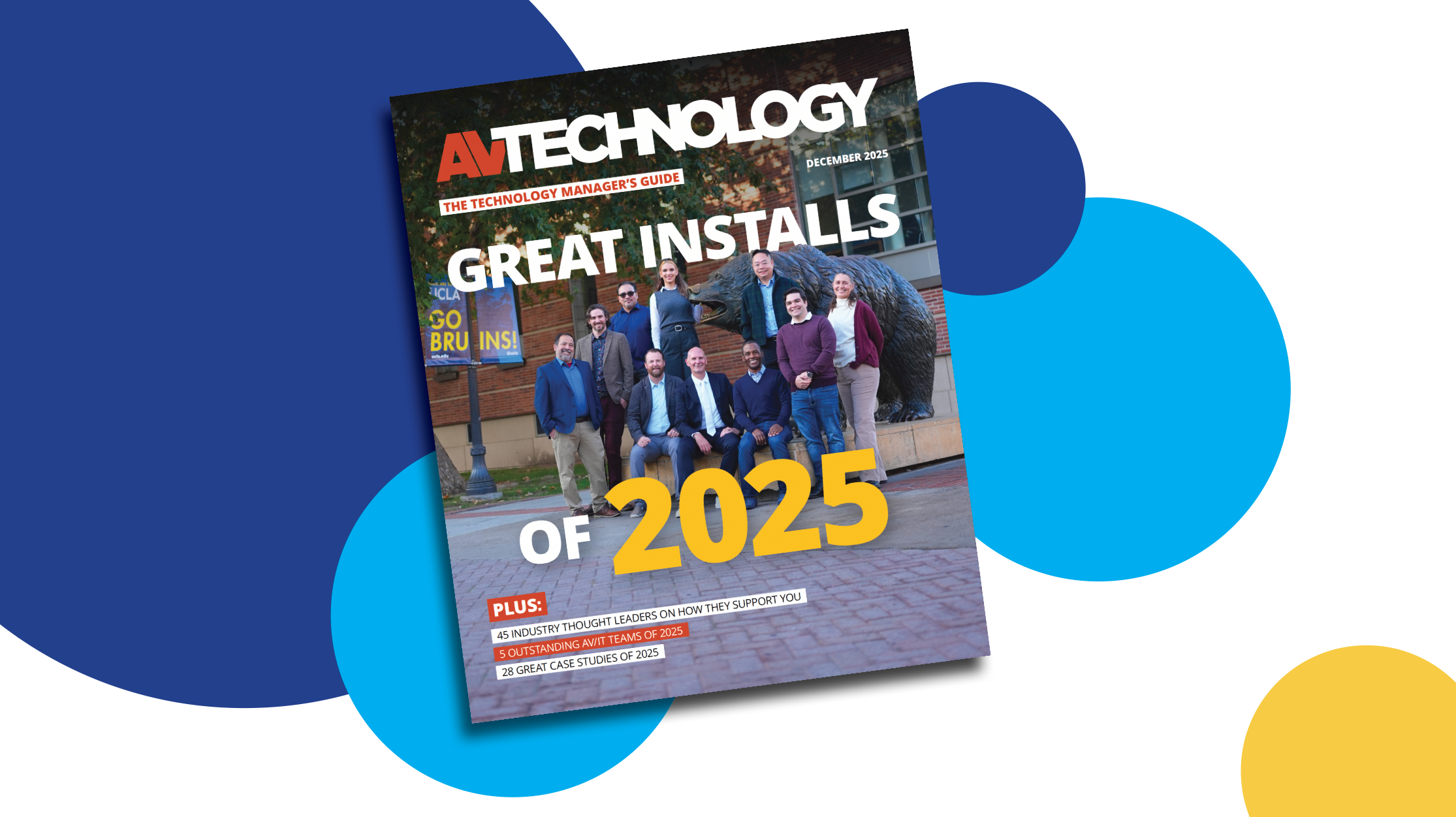On Higher Ed Tech: Hall Technologies
Hal Truax, Vice President Sales and Marketing at Hall Technologies shares insight into designing the higher ed classroom for today and the future. Part of AV Technology's Thought Leader Series.

AVT Question: Please share insight and best practices for designing the higher ed classroom for today and the future.
Thought Leader: Hal Truax, Vice President of Sales and Marketing at Hall Technologies
Designing for the classrooms of the future requires streamlined connectivity, collaboration, and communication. USB workflows can be a real challenge, but Hall has made great strides in developing solutions that focus on achieving those three pillars of student success.
The bottom line is that regardless of the learning environment, faculty should feel like the technology is there to support them." —Hal Truax, Vice President of Sales and Marketing at Hall Technologies
Being able to send communications signals online, while simultaneously connecting the peripherals in the room—cameras, microphones, speakers, and more—we can truly impact the classroom ecosystem in a positive way for maximum engagement and learning. We believe in creating end-to-end solutions with a user-centric focus that consider all the typical pain points, and have developed solutions that are easy, fluid, and intuitive. Our research and development team develops products that solve these challenges and address the various ecosystems of learning: in-person, distanced, and hybrid. They considered things like legacy equipment converging with new technologies, and how teachers could truly engage students easily and effectively with a simple user interface that controls their presentations and media. The bottom line is that regardless of the learning environment, faculty should feel like the technology is there to support them.
A daily selection of features, industry news, and analysis for tech managers. Sign up below.

Cindy Davis is the brand and content director of AV Technology (AVT). She was a critical member of the AVT editorial team when the title won the “Best Media Brand” laurel in the 2018 SIIA Jesse H. Neal Awards. Davis moderates several monthly AV/IT roundtables and enjoys facilitating and engaging in deeper conversations about the complex topics shaping the ever-evolving AV/IT industry. She explores the ethos of collaboration, hybrid workplaces, experiential spaces, and artificial intelligence to share with readers. Previously, she developed the TechDecisions brand of content sites for EH Publishing, named one of the “10 Great Business Media Websites” by B2B Media Business magazine. For more than 25 years, Davis has developed and delivered multiplatform content for AV/IT B2B and consumer electronics B2C publications, associations, and companies. A lifelong New Englander, Davis makes time for coastal hikes with her husband, Gary, and their Vizsla rescue, Dixie, sailing on one of Gloucester’s great schooners and sampling local IPAs. Connect with her on LinkedIn.
